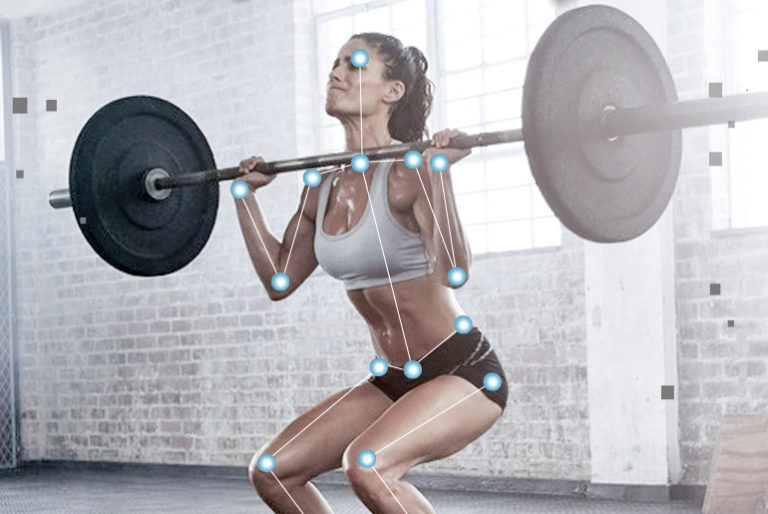You may have heard about the use of biomechanics in sport, but do you know what it is and how it’s used? We’re here to give you a run down of why biomechanics is so important in sport.
What is biomechanics?
Biomechanics is the study and science of movement of a living body. From your muscles and bones to your tendons and ligaments – it analyses how different body parts work together to produce movement.
It generally applies engineering principles, physics and other forms of analysis to learn the capabilities and limits of the human body.
There are four main elements of biomechanics:
- Kinematics – the science of describing motions.
- Dynamics – the study of systems that are in motion with acceleration deceleration
- Kinetics – the study of actions of forces that produce or change motions
- Statics – the study of systems that are in equilibrium, either at rest or moving at a constant velocity
Why is biomechanics so important in sport?
Sport biomechanics focuses on human motions during sport and exercise. It includes the analysis of how forces within the body interact and the physical effects it has on the person in motion. In simple terms, it examines how the human body moves in different sports.
What are the benefits of biomechanics?
Analysing this movement has a number of benefits for sports, including:
Helps design effective sport equipment and gear
- It can be used to design sports equipment and gear such as clothing and shoes, as well as sport fields and facilities to maximise training and movement.
Improve athlete performance
- The study of biomechanics within sport can help in analysing an athletes movements. This can help coaches determine where the athlete can improve to for more effective movement and techniques.
Prevent and reduce injuries
- It is often used to study the causes, treatment and prevention of sports injuries. It analyses the movements that could lead to injuries, and helps to reduce the risk of injury and speed up recovery.
Supports coaching and training
- It includes the study of sports techniques, as well as coaching and training systems. This analysis helps to develop more efficient ways of training to help improve athlete performance.
Learn more about video analysis here.


